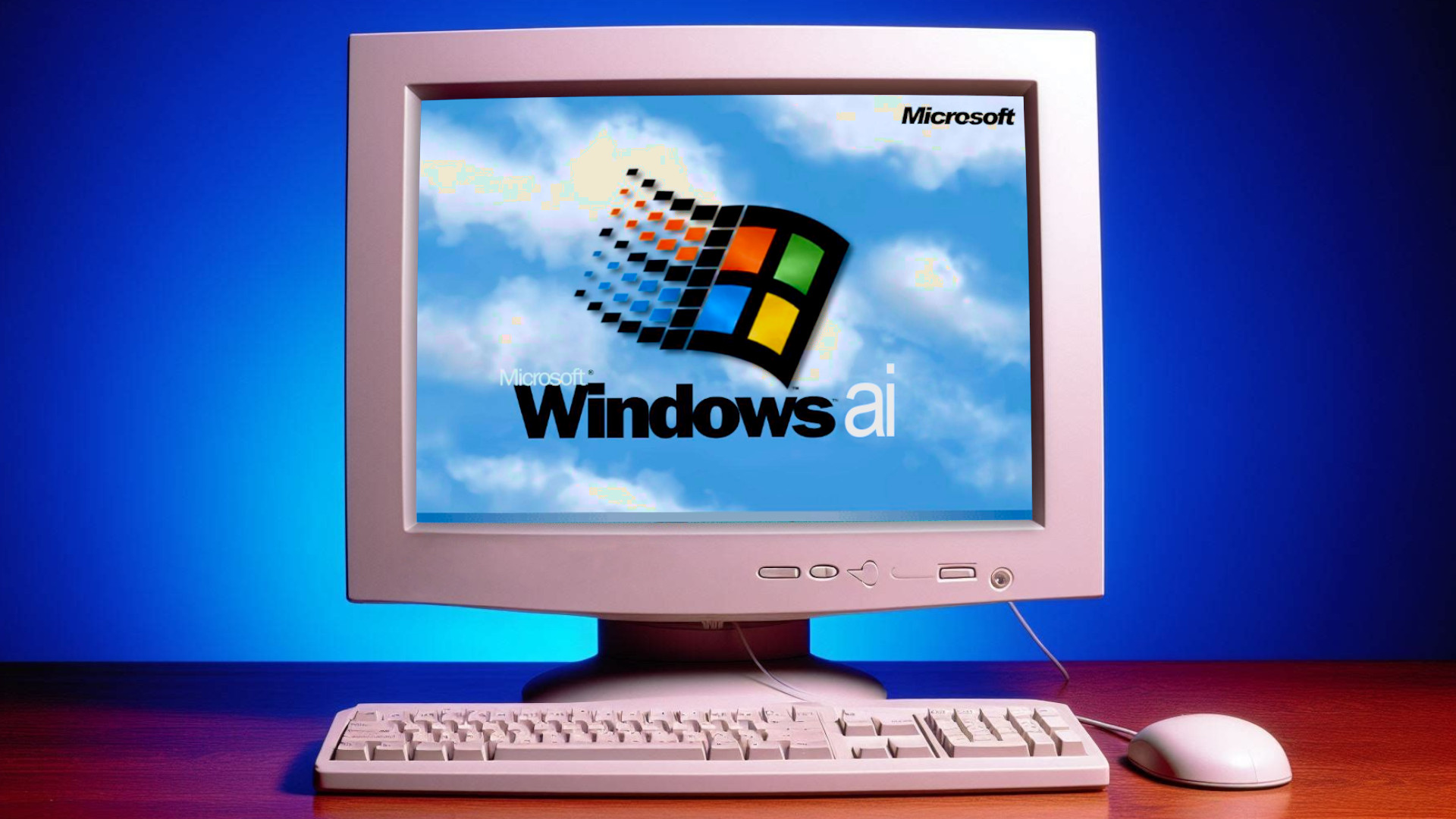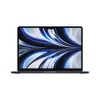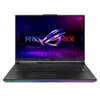The significance of the AI PC — how far we've come, and still much further to go
"Could I interest you in a Multimedia PC?"

If someone were to ask you if you wanted your next PC to be a “multimedia PC,” you might scratch your head or just laugh. It’s almost akin to asking someone whether they want cold ice cream. But in the early 1990s when CD-ROM-based titles like the original “Myst” launched, there were still plenty of PCs that couldn’t play video well.
And so, a group of software publishers collaborated to define the “Multimedia PC” standard. Its quaint specs included Windows 3.0 running on a 386SX CPU, 2 MB RAM, a 30 MB hard drive, a sound card, and, of course, a CD-ROM drive.
The group would go on to specify two upgrades of the standard. But as Windows 95 shook up the PC market, new PCs increasingly played video well enough for the software of the day, and components such as video cards, sound cards, and optical drives drifted toward enthusiasts or obsolescence. The multimedia PC arrived and the “Multimedia PC” died.
We still don't know what an AI PC is, or how long it will be around for
As was the case with the “Multimedia PC,” there’s strong agreement on what the “AI PC” experience should provide, at least in its initial form. However, while the “Multimedia PC” was precisely defined, the “AI PC” is, as I wrote in a previous column, not — at least not consistently.
That may change if Microsoft moves ahead with its rumored AI PC branding, which would set a minimum standard of 16 GB of RAM and AI performance of 40 trillion operations per second (TOPS). On the other hand, as was the case with the “Multimedia PC,” those standards would evolve as the bar was raised.
But for how long? The answer depends on how far you think AI on a PC can evolve. We consistently hear that we are at the start of the generative AI journey. While these services can create compositions, images, voices, and other media at an unprecedented, even mind-blowing, quality level, there is often room for improvement — even given the far greater compute resources such services can offer in the cloud today, much less on a local device.
And that’s to say nothing of new forms of media and applications that the technology might take on, such as generating videos with the flexibility it offers today for images.
Sign up to receive The Snapshot, a free special dispatch from Laptop Mag, in your inbox.
Maybe the future AI PC is the one in your pocket?
But much like we humans have concerns about competing with AI, so does the AI PC face competition: the AI-driven smartphone. While NPUs may be new to the PC, they’ve been a part of smartphone silicon for years. Well before ChatGPT burst onto the scene, smartphone makers were playing up photo improvement techniques based on machine learning.
In the generative AI era, Qualcomm demonstrated Stable Diffusion image creation running locally on a Snapdragon-based phone last year. And, at its last Pixel event, Google noted that its smartphone could now run a slimmed-down version of its AI engine, an update later revealed as Gemini Nano.
As has been the case for traditional applications, there will surely be AI applications that can be tackled from either a PC or smartphone, but others that derive great advantages from the mobility and omnipresence of the latter. AI stands to transform both devices but likely won’t be able to make the PC unseat the smartphone as the central device in our lives.
More from Laptop Mag
- 2024 is the year of the AI PC — what does that actually mean?
- Apps like ChatGPT aren't AI's final form, so what is?
- 3 cool things you can do with Google's rebranded AI chatbot

Ross Rubin is the founder and principal analyst at Reticle Research. Ross has been an industry analyst focusing on innovation in the technology, media and telecom markets for over 20 years. Prior to founding Reticle Research, he was executive director and principal analyst at The NPD Group, where he provided analysis on a wide range of technology topics and led research spanning devices, access and content. You can follow him on X and Threads @rossrubin.









